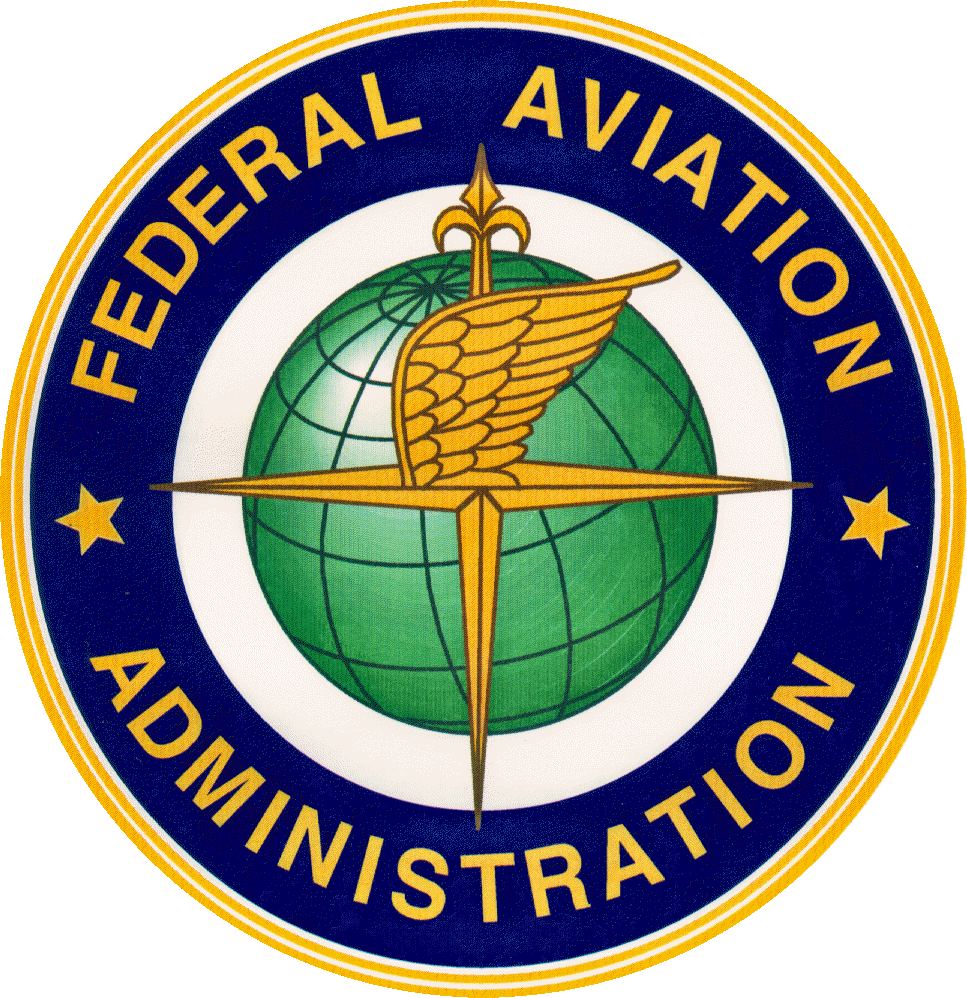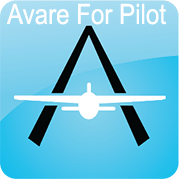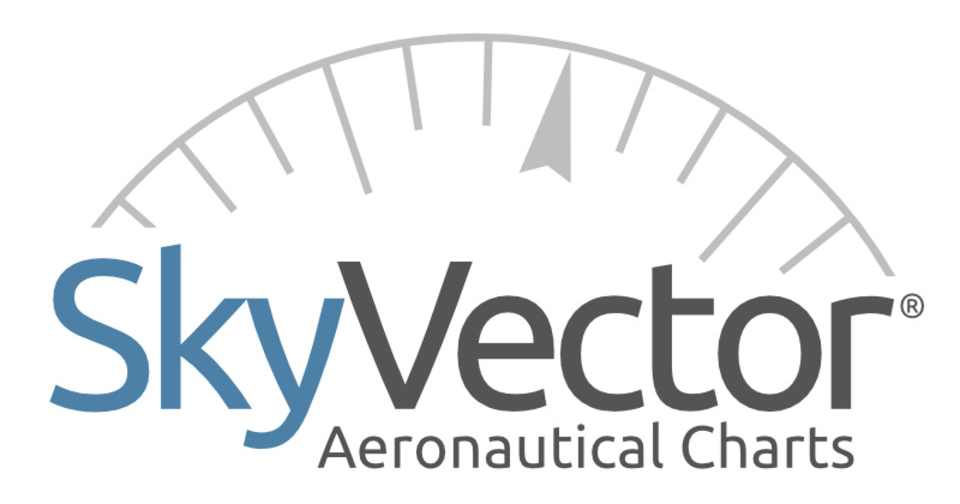Taking Flight into the Fascinating World of Air Travel
Introduction to Aviation: Taking Flight into the Fascinating World of Air Travel
Aviation, the art and science of flight, has revolutionized the way we live, work, and explore the world. From the awe-inspiring feats of early hot air balloons to the high-tech marvels of modern jetliners, humans have possessed an enduring fascination with soaring through the skies. This comprehensive introduction delves into the intricate world of aviation, exploring its history, fundamental principles, technological advancements, and the vast array of opportunities it presents.
A Journey Through Time: The History of Flight
Our quest for flight stretches back centuries, with early civilizations like the Greeks and Chinese theorizing about the possibility of human-powered aerial machines. The 18th century witnessed breakthroughs with the Montgolfier brothers' invention of the hot air balloon and Joseph Langley Miller's successful unmanned gliders. However, the dawn of powered flight arrived in 1903 when the Wright Brothers achieved sustained, controlled flight with their revolutionary Flyer aircraft. This pivotal moment ignited a rapid advancement in aviation technology. World War I spurred the development of military aircraft, leading to faster, more maneuverable planes. Post-war innovations focused on commercial applications, resulting in the first passenger airlines in the 1920s. The jet age truly took off in the mid-20th century, drastically reducing travel times and revolutionizing global transportation. Today, aviation continues to evolve, with advancements in automation, fuel efficiency, and alternative propulsion systems shaping the future of flight.
The Science of Flight: Understanding the Forces at Play
The seemingly effortless act of flight relies on a complex interplay of physical forces. Aerodynamics, the study of air motion around objects, forms the foundation of flight. Lift, the force that counteracts gravity and keeps an aircraft airborne, is generated by the shape of the wings and their interaction with the airflow. Drag, the opposing force that resists movement through the air, is minimized by streamlining the aircraft's design. Thrust, provided by engines or propellers, propels the aircraft forward, overcoming drag and enabling sustained flight. Control surfaces, such as ailerons, elevators, and rudders, allow pilots to manipulate these forces and maneuver the aircraft. Understanding the interplay of these forces is essential for safe and efficient flight.
Anatomy of an Aircraft: A Look Inside the Machine
Aircraft come in a multitude of shapes and sizes, each designed for a specific purpose. Here's a breakdown of the key components found in most airplanes:
- Wings: The aerofoil-shaped wings generate lift as they move through the air.
- Control Surfaces: Ailerons control roll, elevators control pitch, and the rudder provides directional control.
- Empennage: The tail section includes the horizontal stabilizer (with elevators) and the vertical stabilizer (with rudder).
- Fuselage: The main body of the aircraft houses the cockpit, passenger cabin, and cargo hold.
- Powerplant: Engines or propellers provide the thrust necessary for flight.
- Landing Gear: Retractable landing gear allows the aircraft to take off and land.
- Avionics: A complex network of electronic systems assists pilots in navigation, communication, and flight control.
The World Above: Exploring the Different Types of Aircraft
The diverse world of aviation encompasses a wide variety of aircraft, each suited to a particular function:
- Fixed-Wing Aircraft: These are the most common type, including commercial airliners, private jets, cargo planes, and gliders.
- Rotary-Wing Aircraft: Helicopters utilize rotating blades to generate lift and achieve vertical takeoff and landing (VTOL) capabilities.
- Lighter-Than-Air Aircraft: Hot air balloons and airships rely on buoyancy for lift and are primarily used for recreation and sightseeing.
- Military Aircraft: These highly specialized aircraft include fighters, bombers, transport planes, and drones.
Taking Control: The Path to Becoming a Pilot
For those with a passion for flying, a rewarding career path awaits in the world of aviation. Aspiring pilots undergo rigorous training that includes ground school instruction covering aerodynamics, navigation, meteorology, and regulations. Flight training provides hands-on experience under the guidance of certified instructors. Earning a pilot's license allows individuals to fly private aircraft, while further training and certifications are required to become a commercial airline pilot.
Beyond the Cockpit: Diverse Career Opportunities in Aviation
The aviation industry encompasses a multitude of professions beyond piloting. Here are some in-demand roles:
- Air Traffic Controllers: These professionals ensure the safe and orderly flow of air traffic at airports and within controlled airspace.
- Aircraft Maintenance Technicians: They keep aircraft in top condition through inspections, repairs, and preventative maintenance.
- Aviation Engineers: They design, develop, and test new aircraft and aviation technologies.






